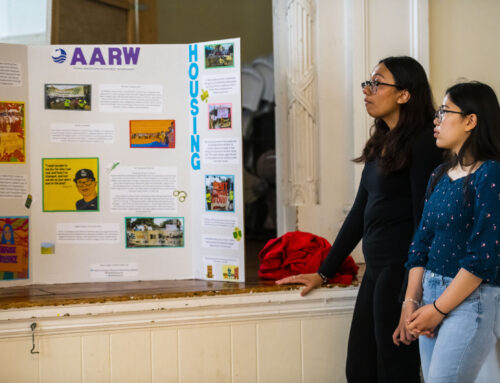Quarantine has elicited superior music from Taylor Swift, “evermore” is no exception.
Wrapping up nearly a year of social distancing, quarantining, and hand-sanitizer lathering, it’s safe to say the average individual’s productivity has reached an all time low. Fortunately, Taylor Swift is not the average person. Less than six months ago, the country singer, turned pop goddess, turned omniscient storyteller, released “folklore,” an album inspired by and created during this year’s social isolation. “folklore” marked Swift’s transition into more of an indie and alternative genre, partnering with musicians Aaron Desner and Jack Antonoff to create a musical web of fantasy, fairytale, and fiction. “folklore” was met with glowing reviews and received five Grammy nominations,
However, just as the world was savoring the ingenuity of “folklore,” Swift announced the release of folklore’s sister album, “evermore.” A day prior to the launch, Swift took to her social media platforms to announce the release of the new album on December 11. In her artist’s statement, Swift explained that she found escapism in the storylines she wove and wanted to dive deeper into “the folklorian woods.” “In the past I’ve always treated albums as one-off eras and moved onto planning the next one after an album was released. There was something different with folklore. In making it, I felt less like I was departing and more like I was returning,” Swift said.
As an album, “evermore” is truly an extension of “folklore.” Broken down instrumentals and lyrical fantasies are interwoven throughout the 15 tracks. The songs in “evermore” that stand out include: “champagne problems”, a deceivingly light piano number illustrating the deteriorating engagement of a socialite; “happiness”, a track acknowledging the complex feelings felt in a toxic relationship; “long story short”, a more upbeat percussion number speculated to be addressing Swift’s longtime nemesis, Kanye; and of course “marjorie”, a touching tribute to Swift’s grandmother.
While “evermore” is immensely impressive, from its quick turnaround to its beautiful fantastical stories, it doesn’t live up to its predecessor. There is no doubt that Swift’s storytelling prowess is present in “evermore”, but “folklore” reached a new depth, poking at loneliness, loss, and introspection. And that’s the real story that should be told when discussing Swift as an artist. Love or hate her, she is constantly reinventing her musical style and herself in the process. The chameleon-like nature she possesses has preserved her place in the music industry for over the past decade. The idea that an already successful musician composes not one, but two amazingly rich albums in a year and during a pandemic, reveals Swift’s drive to keep creating. Following her release of “folklore”, Swift wrote, “In isolation my imagination has run wild and this album is the result. I found myself not only writing my own stories, but also writing about or from the perspective of people I’ve never met.” Without quarantine, listeners may never have heard the poetic narrative that is “folklore.” Though “evermore” is not on par with its predecessor, the sister album represents a larger accomplishment of artistry: utilizing the difficult circumstances of social isolation to find companionship in art.



